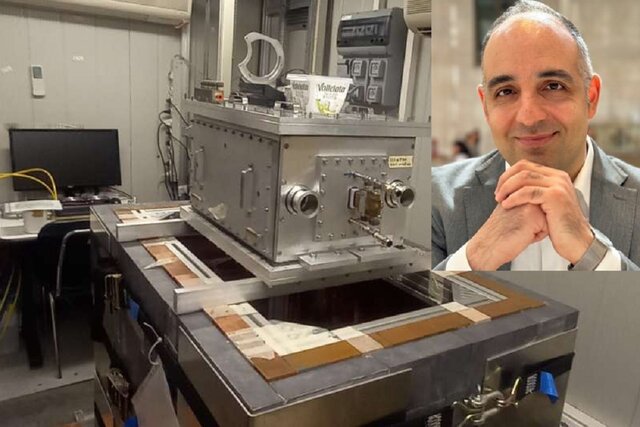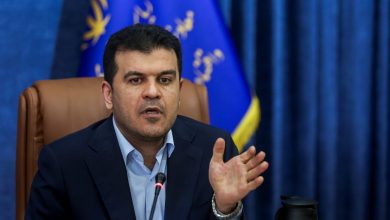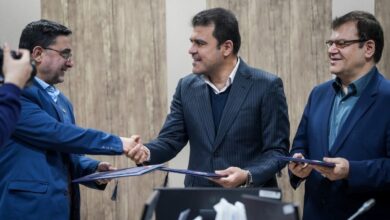Iranian scientist assisting int’l team in quantum theory research

An international team of scientists, including a senior Iranian researcher, has developed a new method to test alternative models to the standard quantum theory.
According to ISNA News Agency, quantum effects do not seem to extend to large objects like cats, people, or houses, and physicists are unsure about the reason.
The team, which includes Iranian researcher Maneli Derakhshani from Rutgers University and the Foundational Questions Institute (FQxI), aims to validate some proposed alternative models.
The standard quantum theory suggests that an object can exist in a quantum superposition with multiple contradictory properties before observation. Catalina Curceanu from INFN in Italy explains that particles can be in two places simultaneously, or a radioactive atom can be both decayed and undecayed.
Experiments have observed such superpositions in objects as large as a 16-microgram sapphire crystal. However, these superpositions are not seen in everyday life. Physicists describe quantum systems using a ‘wave function,’ which collapses upon observation, causing the system to behave classically. This phenomenon, known as the ‘measurement problem,’ has led to the development of ‘quantum collapse models’ as alternatives to standard quantum theory.
The researchers calculated the spontaneous electromagnetic radiation from atomic systems at lower energies, finding significant differences from previous expectations.
They plan to test the predicted relationship between spontaneous radiation and atomic structure in dedicated experiments. This research, published in Physical Review Letters, could have profound implications for all sciences.





